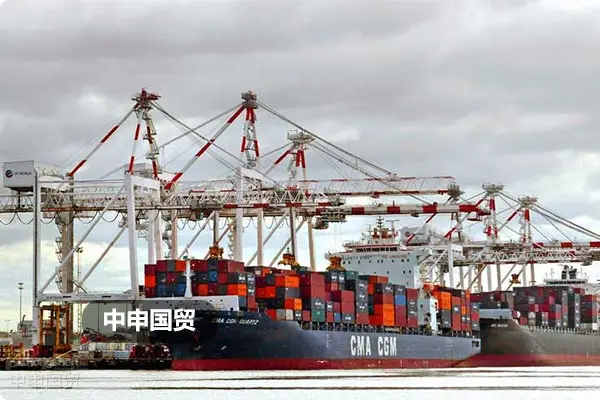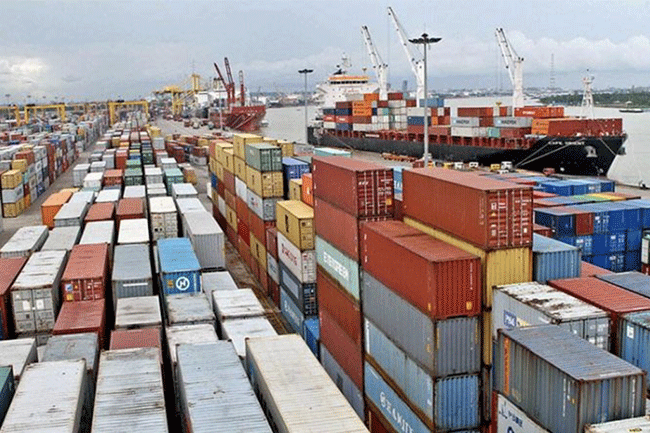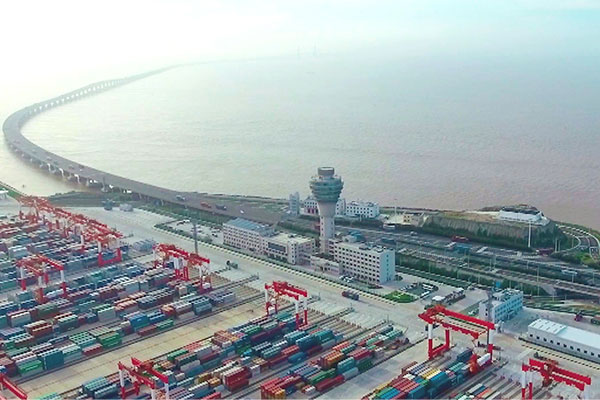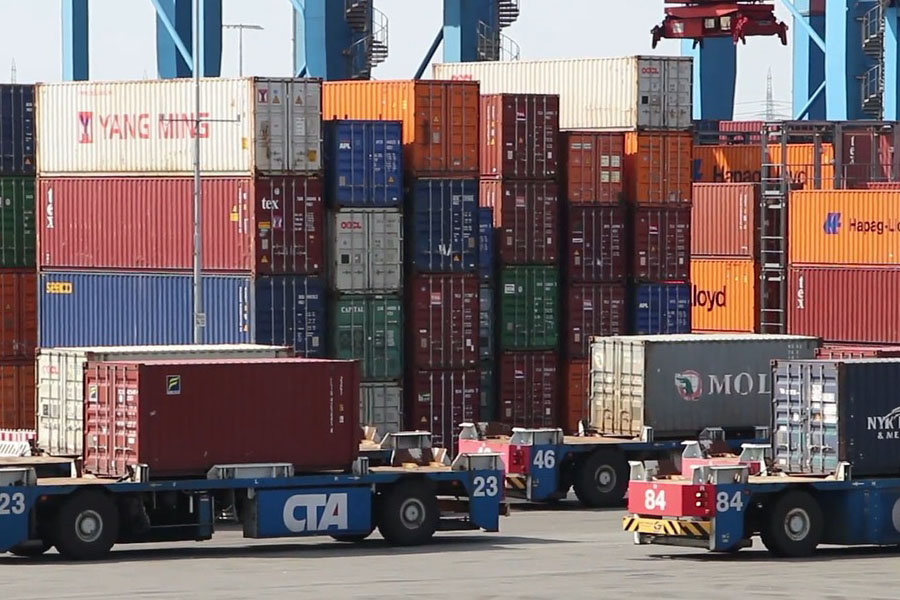- Shanghai Zhongshen International Trade Co., Ltd. - Two decades of trade agency expertise.
- Service Hotline: 139 1787 2118

In international trade,Export Drawbackis an important policy benefit, playing a key role in reducing costs and enhancing competitiveness for enterprises. However, the export tax rebate process is complex and strictly regulated, involving multiple steps and numerous considerations. This article will provide a detailed introduction on how to properly conduct the export tax rebate process, helping enterprises and relevant practitioners gain a deeper understanding of this important business.
I. Preliminary Preparation for Export Tax Rebate
Qualification Review
- For enterprises seeking export tax rebate agency services, agencies must first review basic qualifications. Companies should possess legitimate business credentials including valid business licenses, tax registration certificates, etc. For example, the business scope on the license must cover relevant export activities.
- The agency itself must possess legitimate qualifications. This requires meeting conditions stipulated by local authorities, such as registration with industrial/commercial administrations and employing a certain number of professionals.
Data Collection and Organization
- Enterprises must provide comprehensive documentation to agencies. Among these, export customs declarations are key documents that detail export information like product names, quantities, values, and export dates.
- VAT special invoices are indispensable. Invoices must accurately reflect purchase costs, tax rates, etc., while complying with tax authority regulations regarding issuance dates, buyer/seller information accuracy, etc.
– Additionally, it includes export sales invoices, exportA complete export agency agreement should be attached with:verification forms (if required), and bills of lading. The agency must carefully verify these documents to ensure their completeness and accuracy.
II. Formal Agency Export Tax Refund Process Steps
Sign an agency agreement
– A detailed export tax rebate agency agreement must be signed between the agency and the enterprise. The agreement should clearly define the rights and obligations of both parties, including the scope of agency services, such as whether it only covers tax rebate declaration or other services throughout the entire export process.
– Clearly specify the calculation method and payment terms for service fees. Service fees may be calculated based on the value of exported goods, the tax rebate amount, or fixed charges, with payment options including one-time payment or installment payments.
– At the same time, confidentiality clauses should be stipulated to ensure the enterprises business and financial information is not disclosed.
2. Export Clearanceand Document Management
– If the enterprise does notimport and exportauthorization, the agency will handle export customs clearance procedures in its own name. During customs declaration, the agency must accurately complete the customs declaration form, ensuring that product details, price terms, and trade methods align with actual conditions.
– For document management, the agency must establish a comprehensive document management system. All documents related to export tax rebates, such as customs declarations, invoices, bills of lading, etc., should be properly archived for inspection by tax authorities and customs at any time.
Tax Rebate Declaration Process
– The agency must first conduct a thorough review of the collected tax rebate documents. Verify whether the data in documents such as customs declarations, VAT special invoices, and export sales invoices are consistent, including the quantity and amount of goods.
– Then, use professional tax rebate declaration software for submission. During the declaration process, accurately fill in all required information in the declaration forms, such as the enterprises basic information, details of exported goods, and calculation of the tax rebate amount.
– After submission, promptly monitor the review progress of the tax authorities. If the tax authorities raise questions or request additional documents, the agency must actively cooperate and provide accurate responses and supplementary materials within the specified time.
III. Compliance Checks and Risk Prevention
Compliance Checks
– The agency should regularly conduct compliance checks on its export tax rebate agency services. The checks should include whether the tax rebate documents comply with tax and customs regulations and whether there are any violations in the declaration process.
– For new tax policies and customs regulations, the agency must promptly study and apply them to its operations to ensure ongoing compliance.
Risk Prevention
– One of the main risks faced is document risk. If documents are found to be forged, altered, or missing, it may lead to tax rebate failure or even legal liabilities. The agency must strengthen document review and management to prevent such risks.
– Tax risks also require special attention. For example, inaccurate understanding of tax policies may lead to incorrect tax rebate calculations or declaration violations. The agency should employ professional tax personnel and continuously improve their expertise to mitigate tax risks.
Conclusion
The formal agency export tax refund process is complex and rigorous, requiring joint efforts from both the agency and the enterprise. The agency must strictly adhere to relevant laws, regulations, and operational procedures, paying attention to detail and risk prevention at every stage. The enterprise must also actively cooperate by providing truthful and accurate documentation. Only then can the export tax refund process be completed successfully, allowing enterprises to fully benefit from policy incentives and achieve greater growth in international trade.
Related Recommendations
? 2025. All Rights Reserved. Shanghai ICP No. 2023007705-2  PSB Record: Shanghai No.31011502009912
PSB Record: Shanghai No.31011502009912










